mAirborne pollution, a pervasive environmental hazard, not only modifies our surroundings but also significantly jeopardizes human health, particularly affecting the skin, a primary target for pollutants.
This growing concern links the question: does dust cause acne, as the skin battles against daily exposure to gaseous compounds, particulate matter, and heavy metals. With over 7 million premature deaths attributed annually to air pollution—a figure underscored by its title as the largest environmental health risk—it's clear that the effects of pollution extend beyond the respiratory system, impacting the integumentary system and, by extension, skin health.
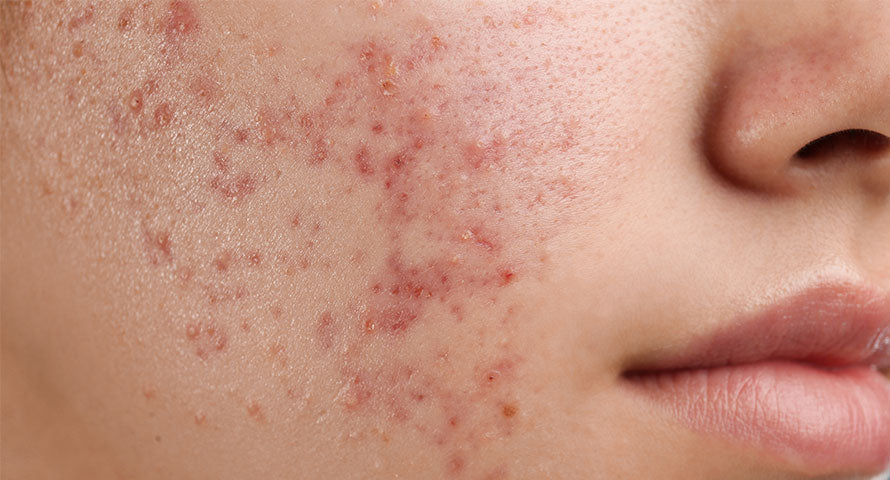
Given the alarming statistics, including approximately 3.3 million premature deaths each year worldwide due to outdoor pollution, predominantly in Asia, it's crucial to delve into how and why our skin is vulnerable to this invisible threat.
The association between exposure to airborne pollutants and an uptick in skin conditions, including the debated role of dust and acne, underlines the necessity of understanding the mechanisms at play. This article aims to explore the connection between airborne pollutants, including those emanating from everyday objects like sheets, and their detrimental effects on skin health, paving the way for strategies to mitigate these impacts.
How Airborne Pollutants Penetrate Skin
Airborne pollutants, which include a range of substances from particulate matter and heavy metals to volatile organic compounds (VOCs), find their way into the skin through various mechanisms. Here’s how these pollutants penetrate and affect the skin:
Direct Transcutaneous Uptake
Pollutants such as particulate matter (PM) and polycyclic aromatic hydrocarbons (PAHs) directly accumulate on the skin's surface and can penetrate through the skin layers.
This direct contact allows pollutants to enter the skin, bypassing external protective barriers and reaching deeper layers.

Indirect Systemic Distribution
After inhalation or ingestion, pollutants like ground-level ozone and persistent organic compounds are absorbed into the bloodstream and distributed systemically.
These compounds can then reach the skin from within, impacting both superficial and deeper skin structures.
Absorption via Hair Follicles
Studies indicate that hair follicles serve as a significant pathway for the absorption of airborne pollutants.
Pollutants enter these openings and travel down the hair shaft, further infiltrating the skin layers.
The interaction of these pollutants with the skin can lead to various dermatological issues, including acne-like breakouts, brown spots, and an uneven skin tone. Understanding these pathways underscores the importance of protective measures to mitigate the impact of pollution on skin health.
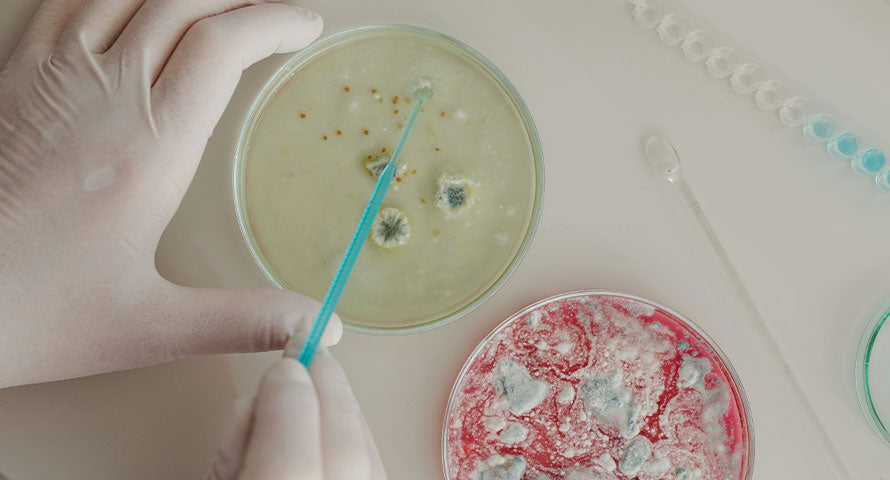
Biochemical and Molecular Changes Induced by Pollutants
Airborne pollutants trigger a cascade of biochemical and molecular changes in the skin, primarily through oxidative stress and inflammation. Here's a detailed breakdown of these processes:
Activation of Cutaneous Metabolism and Inflammatory Pathways
Pollutants such as polyaromatic hydrocarbons (PAHs) and ground-level ozone activate the aryl hydrocarbon receptor (AHR), which plays a crucial role in the pathology of skin conditions like atopic dermatitis.
This activation leads to increased expression of cytochrome P450 genes in human epidermal keratinocytes, essential for metabolizing various environmental chemicals.
Oxidative Stress and Antioxidant Depletion
Exposure to air pollution generates reactive oxygen species (ROS) and free radicals, which are detrimental to cellular structures within the skin.
The oxidative stress results in decreased levels of vital antioxidants such as vitamins C and E, exacerbating skin aging and promoting inflammatory skin diseases.
Impact on Skin Microbiota and Structural Integrity
Studies have shown that certain skin microbiota can metabolize PAHs, potentially disrupting the balance of the skin's microbial community.
Particulate matter (PM) exposure alters skin morphology and affects the expression of proteins crucial for epidermal differentiation, compromising the skin's barrier function.
These mechanisms highlight the profound impact of environmental pollutants on skin health, emphasizing the need for protective strategies against these invisible adversaries.
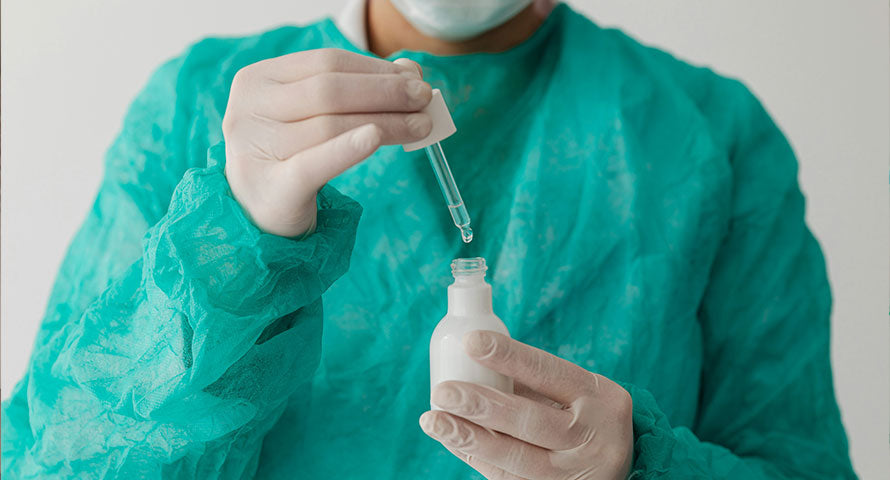
Clinical Effects of Pollution on Skin Health
Airborne pollutants significantly impact skin health, manifesting in various clinical effects that compromise the skin's integrity and appearance. Here is an exploration of these effects based on recent studies:
Accelerated Aging and Skin Damage
Exposure to pollutants like ultraviolet radiation, volatile organic compounds, and particulate matter accelerates skin aging, evident from increased wrinkles and pigment spots.
Long-term exposure to ozone (O3) is primarily linked to wrinkle formation, while fine particulate matter (PM) and nitrogen dioxide (NO2) contribute to deeper nasolabial folds and pigment spots.
Skin Diseases and Conditions
Air pollution exacerbates several skin conditions, including acne, psoriasis, atopic dermatitis, and contact dermatitis.
The prevalence of skin conditions such as lentigines, melasma, and eczema increases with higher exposure to airborne pollutants.
There is also a noted increase in outpatient visits for eczema and a positive correlation with the exacerbation of atopic dermatitis symptoms in areas with high pollution levels.
Increased Risk of Skin Cancer
Pollutants such as PM10 heighten the risk of developing cancers affecting not only the skin but also the larynx, lungs, thyroid gland, and bladder.
Prenatal exposure to particulate matters and NO2 has been linked to a higher risk of infantile atopic dermatitis, suggesting even early life exposure can predispose to significant skin health issues.
These findings underscore the critical need for protective measures and interventions to mitigate the adverse effects of pollution on skin health, particularly in highly polluted environments.
Pollution's Role in Exacerbating Skin Conditions
Airborne pollutants exert a profound impact on skin health, exacerbating a range of dermatological conditions. Here’s an exploration of how specific pollutants contribute to skin issues:
Particulate Matter and Gaseous Pollutants
Elevated levels of PM2.5, NO2, SO2, O3, and CO are strongly associated with increased prevalence and severity of atopic dermatitis, as well as other skin conditions such as eczema and dermatitis.
The presence of these pollutants in the air leads to direct skin irritation and inflammation, worsening symptoms in individuals with sensitive skin or pre-existing conditions.
Wildfire Smoke and Exhaust Fumes
Studies have shown that the smoke from wildfires and exhaust fumes significantly increases the incidences of eczema and other skin reactions. This is particularly noticeable in children, where higher baseline levels of air pollution correlate with more frequent eczema cases.
The spike in carbon monoxide levels during wildfires has been directly linked to increased dermatology clinic visits for atopic dermatitis and related skin conditions.
Disruption of Skin Microbiome
Air pollution disrupts the natural balance of the skin's microbiome, leading to the overgrowth of harmful bacteria. This not only traps more bacteria in the pores but also contributes to significant skin barrier damage.
The altered microbiome and barrier disruption facilitate the onset and exacerbation of acne, contact dermatitis, and psoriasis, further impairing skin health.
These insights underline the critical need for protective measures against air pollution to maintain skin health and prevent the aggravation of existing conditions.

Mitigating the Effects of Pollution on Skin
To effectively mitigate the adverse effects of air pollution on skin health, incorporating specific protective strategies into daily routines is essential. Here are some recommended measures:
Skincare Regimen Enhancements
- Antioxidant-Rich Products: Utilize skincare products containing potent antioxidants such as vitamins C and E to counteract pollution-induced damage and support skin repair.
- Regular Exfoliation and Cleansing: Daily use of a BHA exfoliant helps unclog pores by removing pollutants, while thorough cleansing removes surface contaminants.
- Hydration and Barrier Protection: Incorporate hydrating ingredients like ceramides and hyaluronic acid to strengthen the skin’s barrier, minimizing pollutant penetration.
Dietary and Lifestyle Adjustments
- Antioxidant-Rich Diet: Maintain a diet high in antioxidants to combat oxidative stress caused by pollutants.
- Protective Measures: Apply broad-spectrum sunscreen with SPF 30 or higher to shield skin from UVA, UVB, and pollutant exposure. Consider wearing protective clothing and anti-pollution masks, especially during peak pollution times.
Alternative and Holistic Approaches
- Natural Antioxidants: Include natural ingredients like triphala, ashwagandha, amla, and giloy in your routine for their antioxidant properties, enhancing the skin’s resilience against toxins.
- Ayurvedic Practices: Regular facial massages with Ayurvedic oils and weekly herbal face masks can provide additional protection and nourishment to the skin.
These strategies collectively help in fortifying the skin against the deleterious impacts of environmental pollutants, ensuring its health and vitality.

Throughout this article, we've delved into the intricate relationship between air pollution and skin health, highlighting how pollutants like particulate matter, heavy metals, and volatile organic compounds insidiously compromise the skin's integrity.
The mechanisms by which these pollutants infiltrate and impact the skin—through direct contact, systemic distribution, and the follicular pathway—underscore the significance of adopting protective measures against the pervasive threat they pose. Moreover, the exploration of the biochemical and molecular alterations triggered by pollutants further illuminates the urgent need for enhanced skincare regimens that can shield the skin from these environmental aggressors.
In light of the evidence presented, it becomes paramount for individuals residing in polluted environments to integrate antioxidant-rich products, regular cleansing routines, and dietary adjustments into their daily lives. Such measures not only offer a defensive barrier against the deleterious effects of pollution but also support the skin's natural repair mechanisms.
By acknowledging the profound impact of air pollution on skin health and acting proactively, we can mitigate its adverse effects, ensuring the preservation of our skin's health and vitality. This collective effort towards protective skincare and environmental consciousness holds the key to combating the unseen yet formidable challenge posed by air pollution.


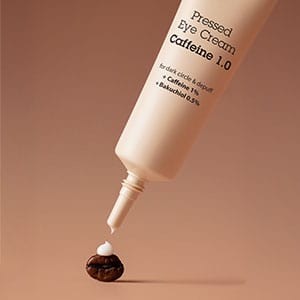
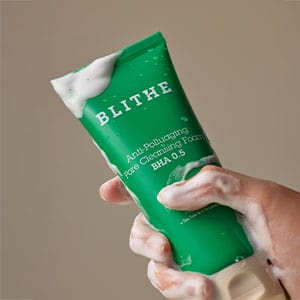
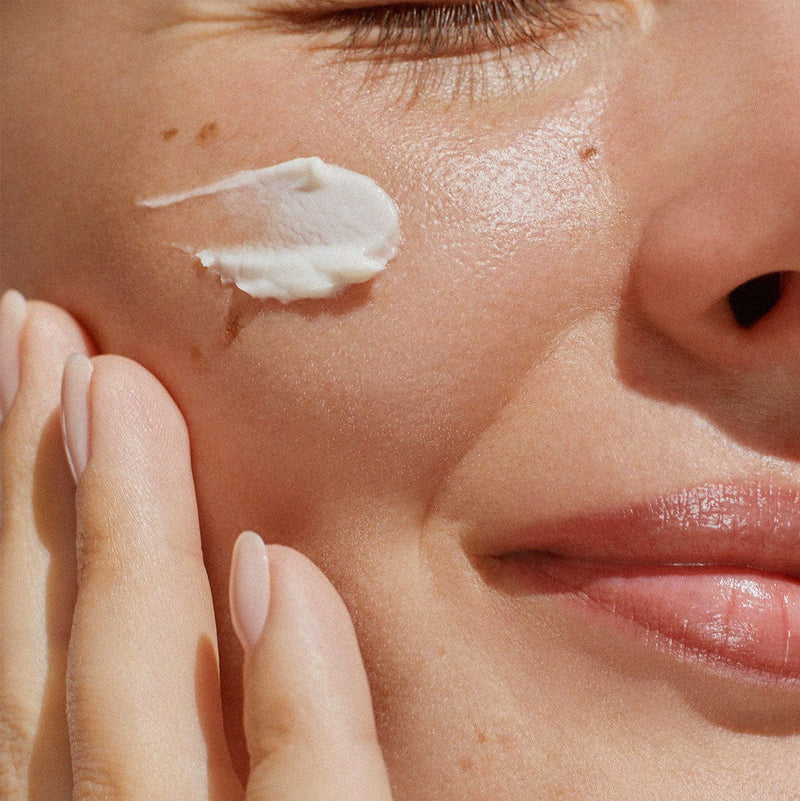
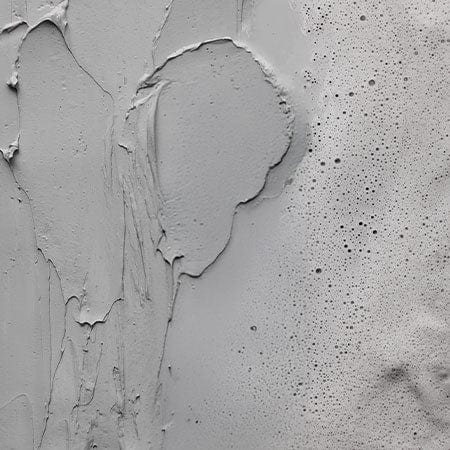
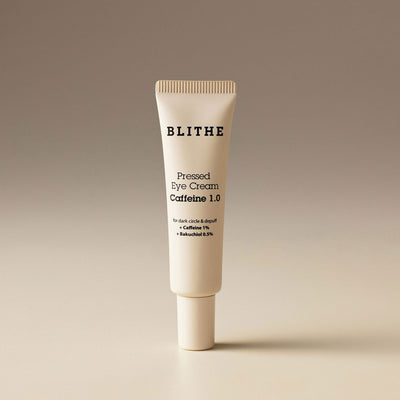
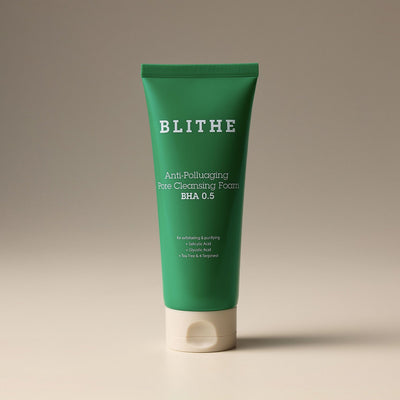
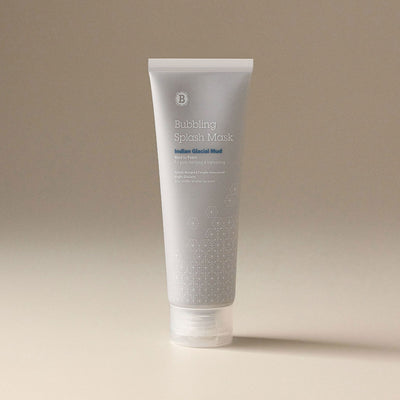
Leave a comment